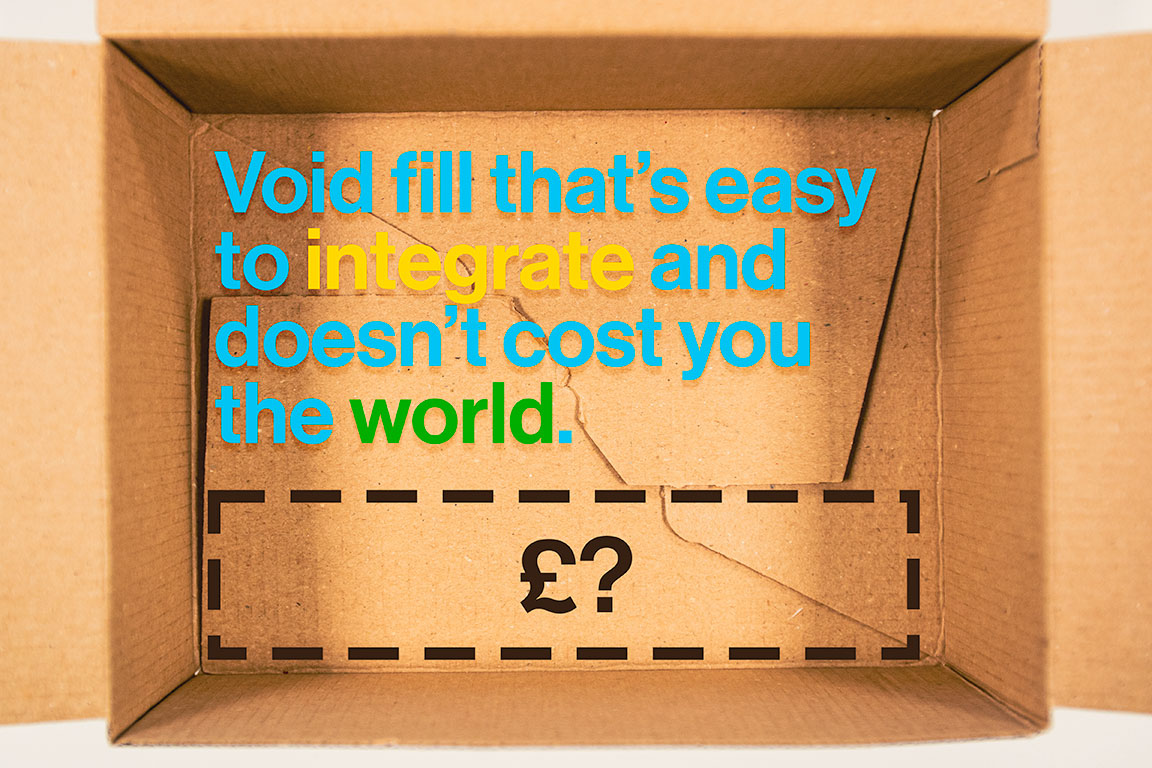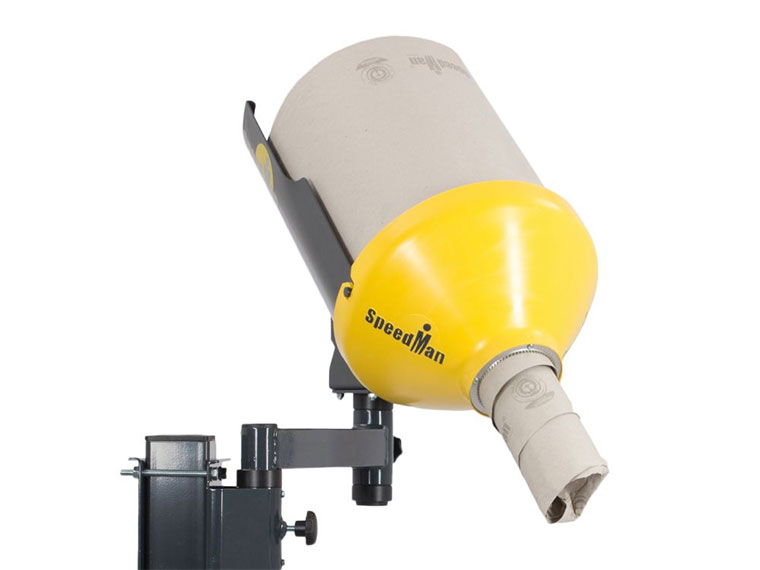If you're in the packaging industry, you're probably aware of the importance of void fill. However, using it inefficiently can lead to increased costs. Using too much of it can increase shipping costs and waste while using too little can cause damage to fragile items.
Striking a balance between cost, efficiency, and sustainability can be challenging. Moreover, once you decide on the best option, integrating a new system and training staff can be a hassle.
In this blog post, we'll guide you through the various types of void fill, their costs, and how you can optimise your fulfilment operation without the need for complex integration and training processes.




